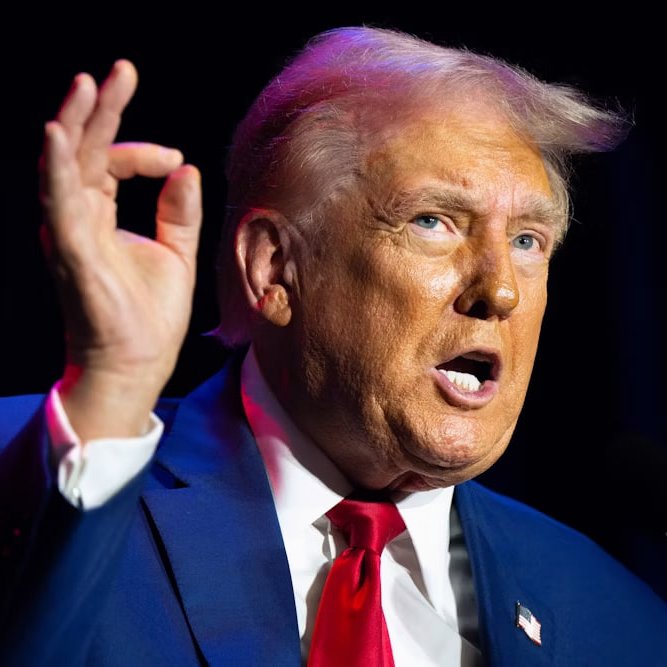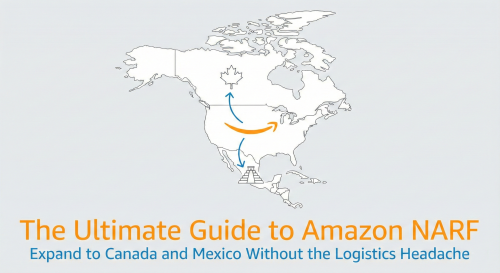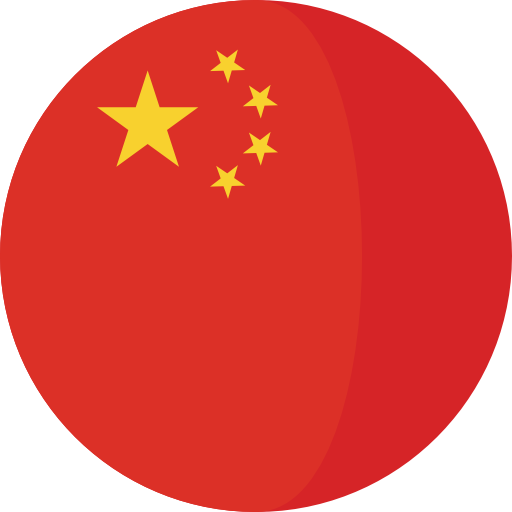
President-elect Donald Trump's proposed tariffs are expected to blunt U.S. imports, particularly from China, while also impacting exports by American manufacturers. The trade environment in 2025 is characterized by uncertainty and disruption, which will pose challenges for shippers and supply chain professionals.
The campaign promises to impose significant tariffs and renegotiate trade agreements have created apprehension among stakeholders in the shipping and supply chain sectors. There is substantial support in Washington to reset trade relations with China, and the U.S. has already been imposing differential tariffs on Chinese goods. The decoupling of the United States and China is evident, with the U.S. appearing to retreat from international trade engagements.
These potential changes place trillions of dollars in trade at risk. In 2023, the United States exported over $2 trillion in goods, but the timeline for implementing changes remains uncertain. The new administration will introduce challenges, including possible adjustments to Section 301 tariffs on Chinese goods, similar to actions taken by President Biden on Chinese electric vehicles.
In 2025, U.S. import and export trade flows are expected to decrease despite a strong economy. Imports will face increased tariffs, prompting consumers to seek domestic alternatives. Higher costs for intermediate inputs will negatively affect U.S. manufacturers, potentially leading to a 1% increase in consumer goods prices above the inflation rate and the disappearance of some products from the market.
U.S. trade partners are concerned about the impact of these changes. In 2023, Mexico became the top U.S. trade partner, surpassing China, with significant trade volumes also involving Canada. If Trump implements his campaign proposals of 10% to 20% tariffs on all goods, there will likely be a review of the USMCA and demands placed on Mexico regarding immigration and drug interdiction. Asian countries could also be affected by tariffs on goods with Chinese content, following precedents such as the increased tariffs on Chinese solar panels.
|
|
Year 1 |
Year 2 |
Year 3 |
Year 4 |
|
Safeguard Tariff on Modules and Cells |
30% |
25% |
20% |
15% |
|
Cells Exempted from Tariff |
2.5 gigawatts |
2.5 gigawatts |
2.5 gigawatts |
2.5 gigawatts |
The focus on reshoring activities has overshadowed discussions on exports, which could suffer under new trade measures. The U.S., being a major exporter, faces job implications across manufacturing sectors. While some jobs may increase, others will be lost, and U.S. manufacturers will become less competitive due to higher costs. Companies will need to adjust supply chains to accommodate these changes, leading to increased costs for goods imported into the U.S.
The uncertainty surrounding tariffs is hindering reindustrialization and reshoring efforts. Supply chain managers are hesitant to invest in new manufacturing facilities without clarity on tariff policies. There is ongoing movement of manufacturing from China to other Asian locations, and companies are preparing parallel supply chains in anticipation of potential tariff implementations.
Tariffs are expected to be enacted in Q2 or Q3, with a focus on imported electronic products like phones and laptops. However, the approach may be more gradual than initially indicated during the campaign.











